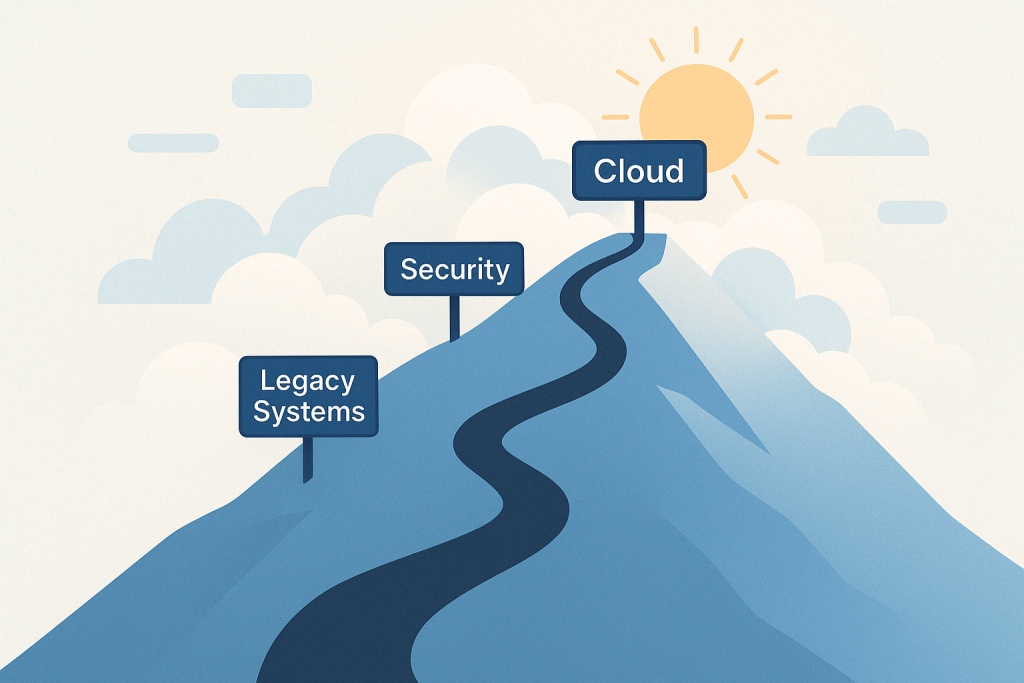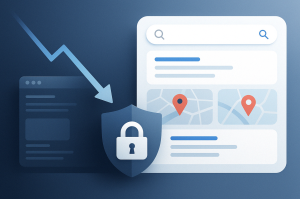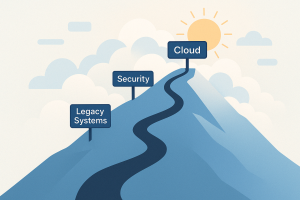The cloud is far more than just a buzzword – it represents modern, scalable, and dynamic IT infrastructures. Yet the journey to the cloud remains complex and full of challenges for many organizations. Legacy systems, regulatory requirements, security concerns, and cultural shifts are just a few of the stumbling blocks. In this article, we take a practical look at what really matters during a cloud migration, which obstacles are common, and why a hybrid infrastructure is often the ideal starting point.
Why Move to the Cloud at All?
The advantages of the cloud are clear:
- Scalability: Resources can be flexibly scaled up or down as needed.
- Cost Transparency: Billing is usage-based rather than tied to fixed hardware budgets.
- Flexibility & Speed: New applications and services can be deployed more quickly.
- Innovation Enablement: Technologies like CI/CD, Infrastructure as Code, AI services, and automation are all cloud-based.
But cloud migration is not just a technical project – it fundamentally changes processes, mindsets, and responsibilities.
The Biggest Challenges Along the Way
- Legacy Systems and Monolithic Architectures
Many companies still rely on historically grown, hard-to-maintain systems that are not cloud-ready. A complete rebuild is usually too risky – a more practical approach is to gradually migrate functionalities, for example using the Strangler Pattern. - Security and Compliance
The cloud isn’t inherently insecure – but it requires new security concepts. Identity management, encryption, access control, and auditing must be rethought. In addition, legal requirements such as GDPR or industry-specific standards (e.g., ISO 27001) must be considered. - Skills Shortages and Know-how
Cloud expertise doesn’t appear overnight. DevOps, Infrastructure as Code, and cloud-native architectural principles must be introduced and adopted. Without targeted training and cultural transformation, migrations often fail not because of technology – but because of people. - Vendor Lock-in
Public cloud providers like AWS, Azure, and Google Cloud – or European alternatives like IONOS or Hetzner – significantly influence the technical architecture. Vendor lock-in can only be mitigated through open standards, containerization, or multi-cloud strategies.
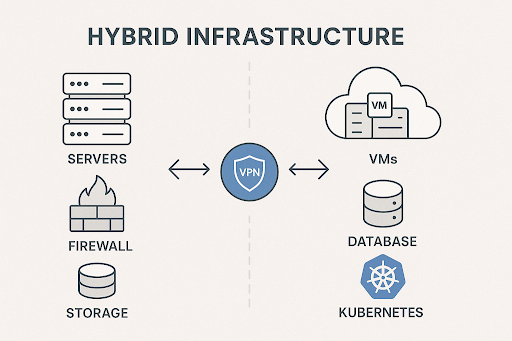
Hybrid Infrastructures as a Sensible Intermediate Step
Not all systems can be migrated immediately or entirely. A hybrid architecture – combining on-premise data centers with cloud environments – is often a pragmatic compromise.
Advantages of the hybrid model:
- Smooth Transition: Existing systems continue to run while new workloads are built in the cloud.
- Data Sovereignty: Critical or sensitive data remains in the company’s own data center
- Improved Acceptance: The change becomes more tangible and less risky for teams and stakeholders.
Typical challenges:
- Increased complexity in networking, monitoring, and identity management
- Complex governance structures
- Clearly defined responsibilities are essential
Five Success Factors for Cloud Migration
- Cloud Readiness Assessment
Which systems are suitable? What dependencies exist? A structured assessment provides direction for the migration strategy. - Define Target Architecture
Is the goal a pure public cloud, a hybrid cloud, or a multi-cloud environment? Will platform services (PaaS), Kubernetes, or serverless be used? These decisions affect all subsequent steps. - Start with Pilot Projects
Small beginnings minimize risk. Internal tools or test environments make good first candidates for gathering real-world experience. - Plan for Security & Governance from the Start
Access models, monitoring, backups, compliance – none of this should be treated as an afterthought. Security is not an add-on, but a fundamental prerequisite. - Change Management is Key
New technologies require new ways of working. Training, transparent communication, and active stakeholder engagement are crucial to bring employees along on the journey.
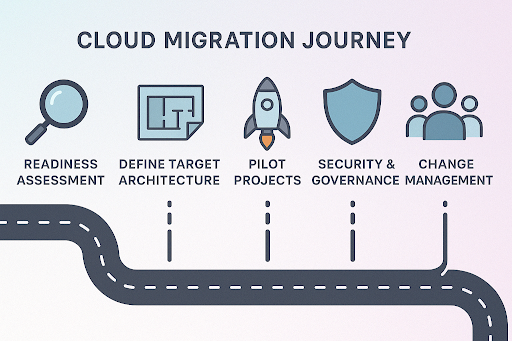
Conclusion: The Journey is the Goal
The cloud is not an end in itself, but a tool for greater agility, efficiency, and innovation. Migration is a strategic process that blends technical expertise, cultural change, and forward-thinking planning. Organizations that use hybrid infrastructures as a bridge, realistically assess risks, and involve their teams early are well on their way to building a future-proof IT landscape.
